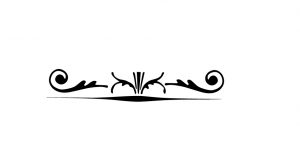EVENTS
EVENTS

TANGO PRACTICE IN PARIS
in STUDIO BUENOS AIRES
Tango Practice in Paris every Friday from 10:30 pm to 11:30 pm. These Tango Practice are for our students. To participate you should have a 10 lessons card or participate to a lesson the same week the practice takes place. The practice are preceded by a beginner tango lesson from 7:30 to 9pm and an advanced tango lesson from 9 to 10:30 pm.
STUDIO BUENOS AIRES – PARIS 11e
54 Avenue Philippe Auguste 75011 PARIS
Door between the Chinese restaurant and the parking. Background of the hallway blue sky.

TANGO PRACTICE IN PARIS in ARGENTINIAN HOUSE IN PARIS
NEXT DATES 2024 – 20 MARCH – 17 April – 15 May – 19 JUNE
Tango Practice in Paris the third Wednesday of each month from 9 pm to 11 pm – Fee 4€.
The Tango practice is preceded by a beginners’ class with BUSTELO sisters
from 7:30 pm to 9 pm (22€ / Reduced fee : 15€, access to Practice included).
MAISON ARGENTINE – Cité Internationale Universitaire de Paris CIUP
27 A Boulevard Jourdan – 75014 Paris
RER B/Tram : Cité Universitaire

History / Maison de l’Argentine
An Argentinean Institute in Paris
In 1909, a group of academics from Argentina decided to strengthen relations between the Université de Paris and its counterpart in Buenos Aires. The result was a French institute in Buenos Aires and an Argentinean institute in Paris, the Argentina Foundation at the Cité internationale, to be exact. Its construction was financed in part by the Argentinean government and in part by a wealthy Argentinean businessman from a German family, Otto Sebastián Bemberg. The Foundation was officially opened by the President of France, Gaston Doumergue on 27 June 1928.
Copyright © 2024 Bustelo Tango, All rights reserved.
